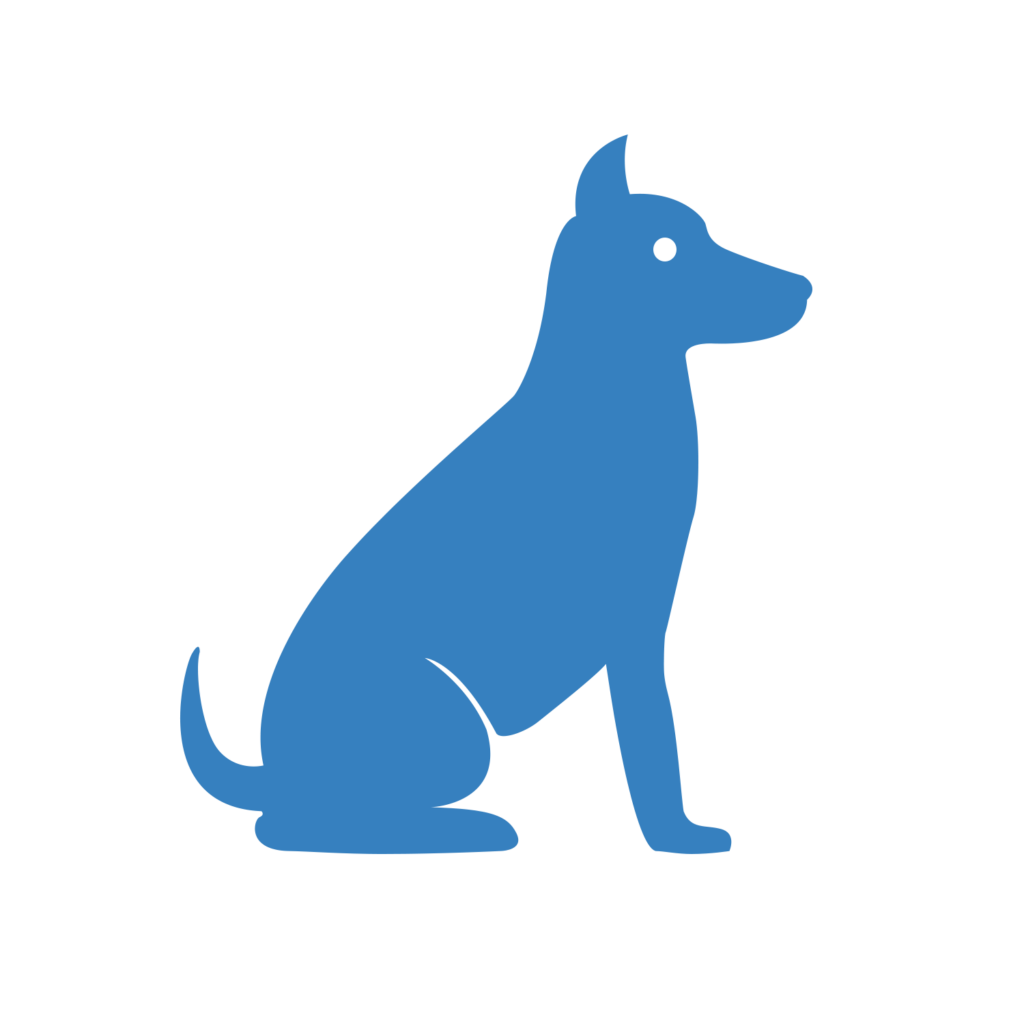

Chondrodystrophy and Intervertebral Disc Disease (IVDD)
Turnaround: 3-5 business daysTurnaround: 7-10 business days
Price: $45.00Price: £40.00
Breeds: All
Description
Chondrodystrophy (CDDY) refers to abnormal cartilage growth and bone development. Many dog breeds are defined as having shorter than normal limbs (Dachshunds, Corgis, Pugs, etc.). Other skeletal characteristics that are sometimes associated with chondrodysplasia in dogs are:
- a lower jaw that may protrude further than normal
- an unusually short upper jaw
- over or under bite with crooked teeth
- bowed front legs
- a crooked spine
- breathing problems
In 2009, a discovery found that dogs with CDDY have an insertion on chromosome 18, specifically on the gene that appears in breeds where CDDY is common, known as FGF4. Fibroblast growth factor-4 (FGF4) is a common protein involved in early development on cartilage and bone length. This growth factor is directly correlated to limb development. The insertion on chromosome 18 leads towards the characteristic short-legged appearance. CDDY is an autosomal dominant trait, which means that only one copy of the trait is needed from either parent in order for the dog to display symptoms
In 2017, researchers in the Bannasch Laboratory on the UC Davis campus of California discovered a second FGF4 insertion on chromosome 12. This insertion is associated with CDDY in dogs with short limbs. It is also associated with the propensity to developmental Intervertebral Disc Disease (IVDD).
Intervertebral Disc Disease (IVDD) is described as the premature calcification of the nucleus pulposus. The nucleus pulposus is the inner core of the vertebral disc (located on the spine) and is composed of water and a network of collagen fibers. It can be thought of as a “gel-like” core. The elastic structure of the collagen fibers works as a cushion to allow flexibility of the spine. This enables the spine to withstand compression and twisting motions without damaging the discs in the spine.
Premature calcification of the nucleus pulposus causes the disc to be less able to adjust to compressions and twists. The nucleus pulposus can then herniate through the protective layer of the annulus fibrosus. The annulus fibrosus protects the gel-like nucleus pulposus, similar to how a rib cage protects the heart and lungs. Once the nucleus pulposus herniates, it then leaks out of the disc space and inflames the nerve roots next to the disc. This causes severe pain and neurological dysfunction or myelopathy. IVDD is a degenerative disease and premature calcification can start in dogs that are less than a year old.
Possible Results
| Genotype | Description |
|---|---|
| C/C | At Risk: Dog has two copies for the CDDY mutation. Dog is at higher risk for IVDD. |
| N/C | At Risk: Dog has one copy of the CDDY mutation. Dog is at risk for IVDD and may pass the mutation to offspring. |
| N/N | Clear: Dog is negative for the mutation associated with CDDY. |
Reference
FGF4 retrogene on CFA12 is responsible for chondrodystrophy and intervertebral disc disease in dogs Emily A. Brown, Peter J. Dickinson, Tamer Mansour, Beverly K. Sturges, Miriam Aguilar, Amy E. Young, Courtney Korff, Jenna Lind, Cassandra L. Ettinger, Samuel Varon, Rachel Pollard, C. Titus Brown, Terje Raudsepp, Danika L. Bannasch
Proc Natl Acad Sci U S A. 2017 Oct 24; 114(43): 11476–11481. Published online 2017 Oct 11. doi: 10.1073/pnas.1709082114 [PMID: 29073074]